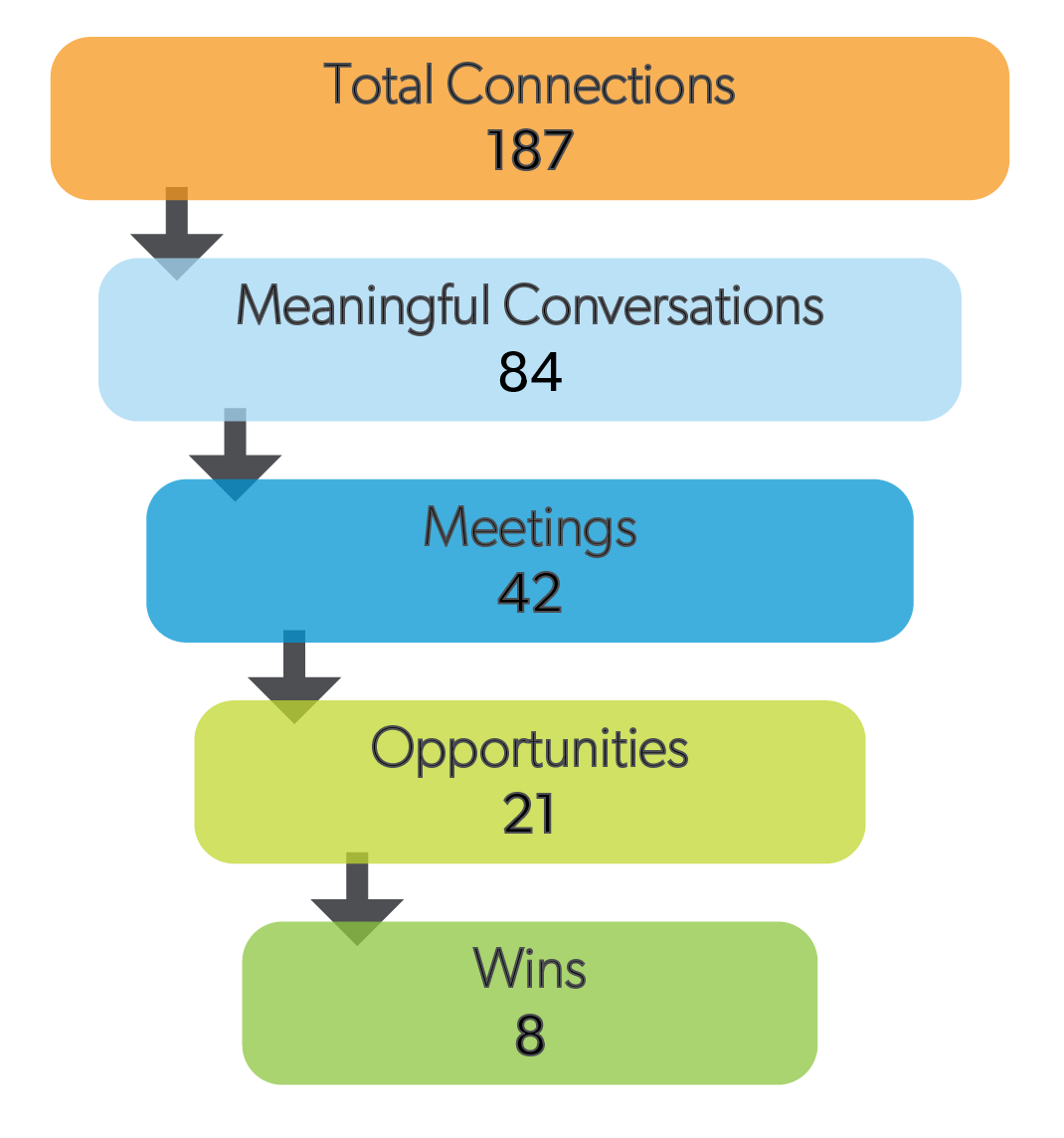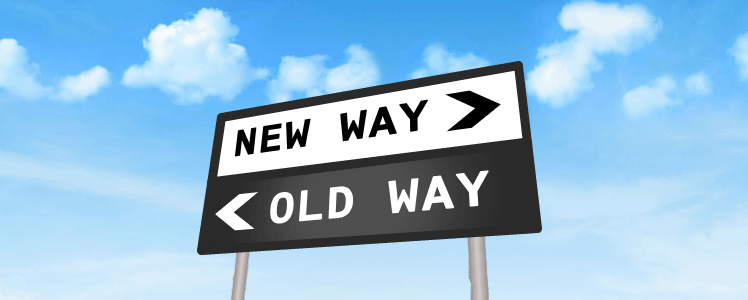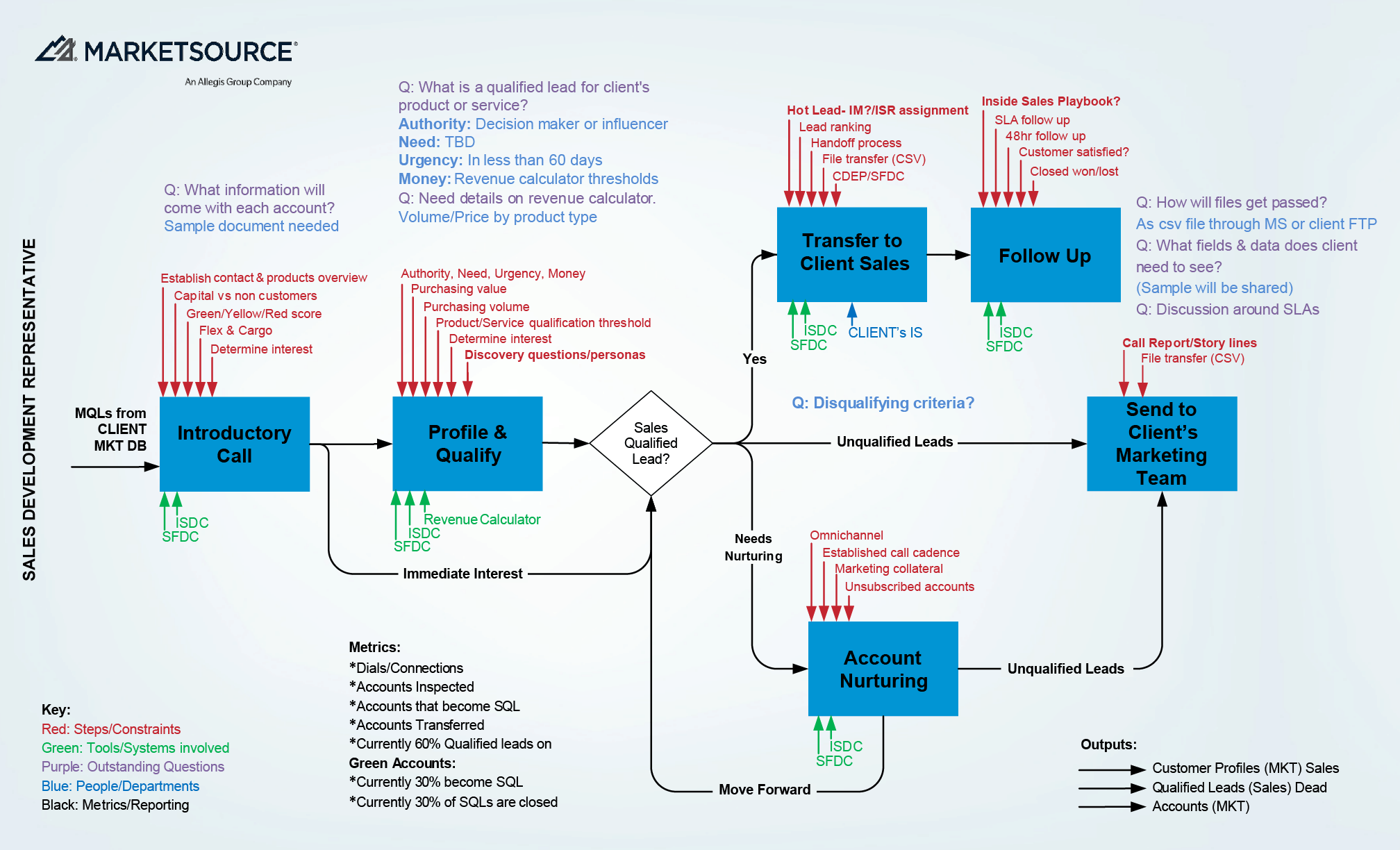If you haven’t met, let me introduce you to the sales development representative (SDR) and the business process engineer (BPE), who are currently transforming how we sell. These roles are new to the sales organizational structure and provide two unique ways to build top-of-the-funnel activities and downstream organizational efficiencies.
Today, companies are embracing the shift to a specialized sales model and moving away from a generalized one, in order to increase productivity, gain a laser focus, and demonstrate quantifiable metrics. Specialization works best when roles and responsibilities are clearly defined and mapped through the use of playbooks to eliminate constraints and overlap of work streams.
Let’s start with the SDR’s role. In short, this person is supercharging the top-of-the-sales-funnel process for start-ups and fortune 100 companies alike. An SDR is a pipeline-generating machine, who engages, educates, and articulates your value proposition to prospects at the top of the funnel. By working with the marketing and demand generation teams, the SDR takes marketing qualified leads, turns them into sales qualified leads, and sets the tone for future engagements with your business development representatives (BDRs).
The average day in the life or typical cadence of a high outbound inside sales SDR should look like this:
- Makes 55+ plus calls a day

- Sends 30-40 emails a day
- Engages with 10-12 quality prospects per day
- Utilizes social outlets and media tools 5-10 times a day
- Sets 3-5 progress meetings per day
- Converts 7% of leads for the BDR team
(To stay updated with the trends of SDRs, I recommend connecting via LinkedIn and following on Twitter three highly respected industry practitioners: David Dulany with Tenbound, Max Altschuler with Sales Hacker, and Gabe Larson with InsideSales.com.)
Now, let’s look at the BPE. This person connects the dots, closes the loops, defines the selling engagement process flow, and maps it to the win strategy. The BPE is a scientific game changer who maps the technology from marketing, sales enablement, and your technology stack to create frictionless sales motions throughout your sales cycle. Typically used in other functions in the organization, the BPE helps the sales team operate at peak efficiency levels. Well-defined process maps are the key to executing a highly, specialized sales motion objective.
Here is an example of a sales process map. As you can see, this clearly defines all the interactions that happen in the day in the life of the SDR. (Click the image for a larger view.)
The role of the BPE is to create business process maps, which outline the requirements (customer relationship management (CRM) system, playbooks, service level agreements, etc.) for a role-based CRM system and sales playbook.
Include a BPE on your sales team to:
- Document the entire process
- Map all the dependencies to move your prospects forward
- Integrate technology and science into the sales process
The development of key process indicators and key process requirements will help automate your prospect engagement strategy. The measurement of leading indicators (calls, emails, social touches, meetings/demos) allow for more robust, actionable reporting of the lagging sales metrics, opportunities, opportunity value, win percentages, and average deal size.
Chances are one or both of these are missing from your current sales team. I also know of at least two additional roles that can help you produce revenue and create long-term success but are probably not a part of your current sales team. Connect with me on LinkedIn and find out what those roles are and why they may be just as important as the SDR and BPE, when it comes to the modern-day sales model.
If you’d like to learn more about these roles or how we can help you gain new customers, grow market share, or launch new products through the integration of a BPE and SDR, contact us for a MarketSource assessment today.


